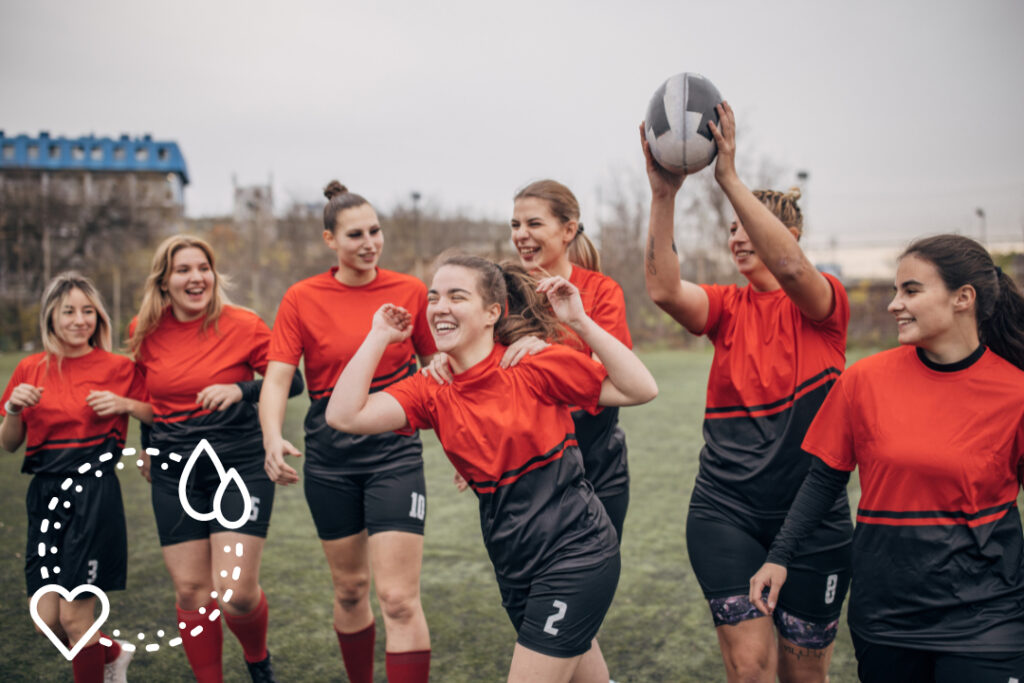Do sex-based differences in oxygen delivery impact athletic performance?
Collaborators

Female athletes’ recent performance suggests they are on a trajectory to become competitive with male athletes in endurance events. What sex differences between men and women might account for the current gap in performance in these events? How could this knowledge guide female athlete training protocols and increase endurance-exercise performance? Alliance faculty Christopher Minson, Andrew Lovering, and John Halliwill review what is known about sex differences across key physiological processes influencing oxygen delivery, such as respiration, oxygen transport via blood, and thermal regulation, and the resulting impact on performance in endurance activities.
The authors share cases where sex may not play a role beyond differences in size or body composition. For example, some evidence suggests that lung size rather than sex, is the primary determinate of differences in respiratory function during exercise.
Other sex-based differences, such as testosterone levels, do impact performance. Studies show that female athletes with elevated levels of testosterone have greater muscle mass and bone mineral density than other female athletes, giving them greater injury resistance similar to that of males.
The amount or total mass of an oxygen-carrying protein called hemoglobin in blood also influences performance and appears to differ between men and women. Increased hemoglobin levels improve a person’s ability to transport oxygen throughout the body and their performance during endurance activities. Women have average hemoglobin levels 12% lower than men, even when accounting for age and race. This lower hemoglobin mass leads to lower oxygen delivery for women compared to men for a given amount of blood flow, demonstrating a difference in endurance-related biological needs based on sex.
The authors highlight the limited number of studies exploring capabilities of and recommendations for female versus male athletes and underscore the importance of dedicated female-focused research programs like the Wu Tsai Human Performance Alliance Female Athlete programs at Boston Children’s Hospital and Stanford University, to understand these differences to develop training protocols and sufficiently support female performance.
Read the full scientific article in International Journal of Environmental and Public Health
Latest News

June 6, 2024
Model predicts how muscles respond to endurance and resistance training

June 4, 2024
Study challenges cycle syncing, finds metabolism consistent during menstrual cycle

June 3, 2024
Self-supervised learning method boosts data efficiency by 10x for IMU-based analysis of forces during walking
Get Engaged
Join our mailing list to receive the latest information and updates on the Wu Tsai Human Performance Alliance.
